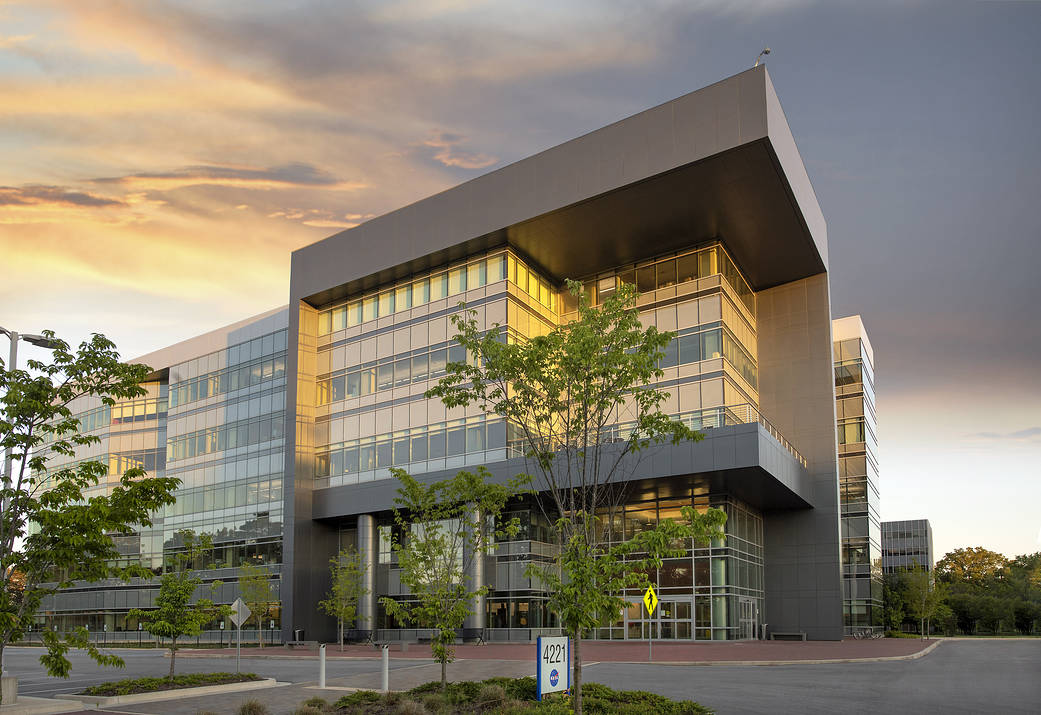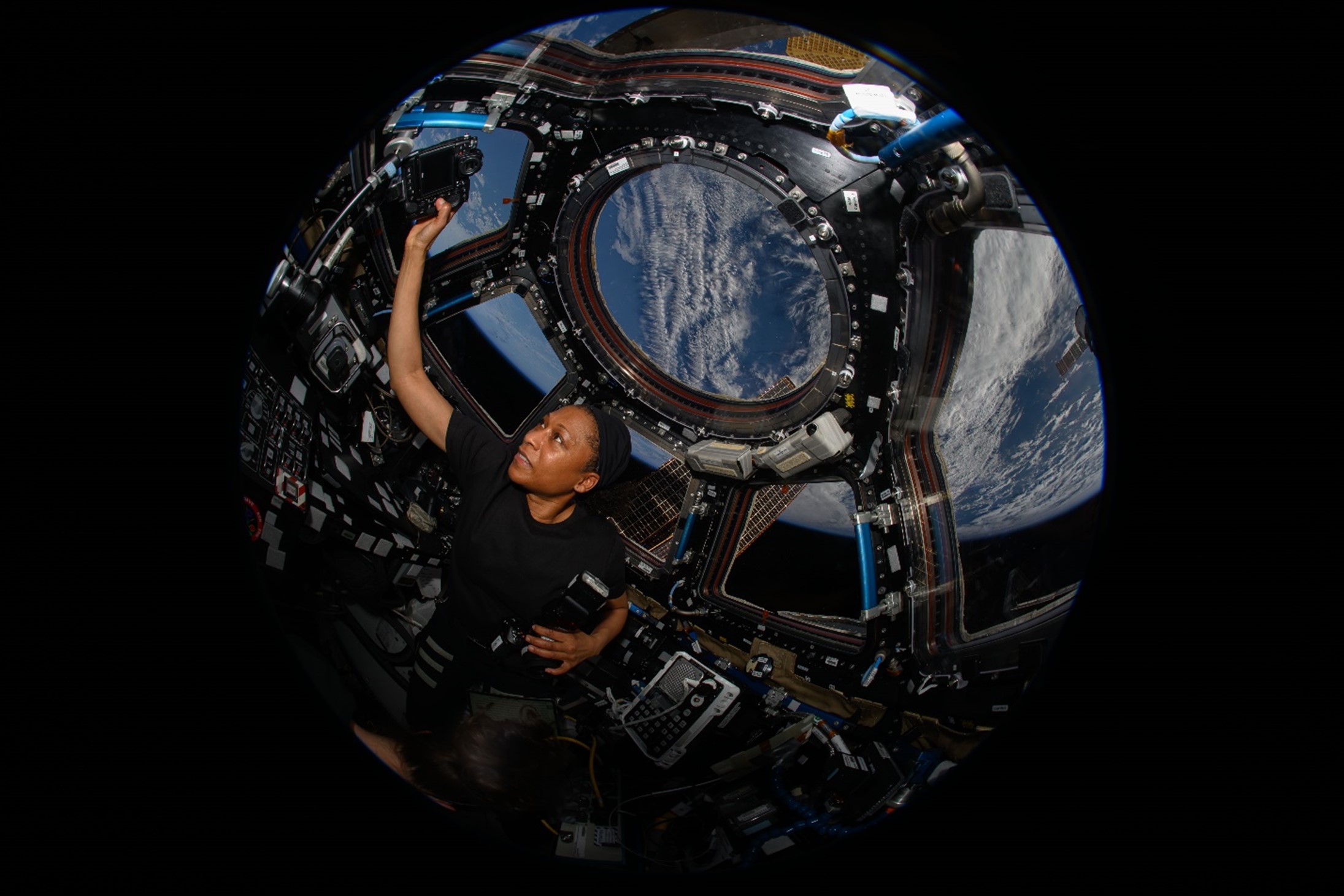NASA Payload Aims to Probe Moon’s Depths to Study Heat Flow
Earth’s nearest neighboring body in the solar system is its Moon, yet to date humans have physically explored just 5% of its surface. It wasn’t until 2023 – building on Apollo-era data and more detailed studies made in 2011-2012 by NASA’s automated GRAIL (Gravity Recovery and Interior Laboratory) mission – that researchers conclusively determined that […]

3 min read
Preparations for Next Moonwalk Simulations Underway (and Underwater)

Earth’s nearest neighboring body in the solar system is its Moon, yet to date humans have physically explored just 5% of its surface. It wasn’t until 2023 – building on Apollo-era data and more detailed studies made in 2011-2012 by NASA’s automated GRAIL (Gravity Recovery and Interior Laboratory) mission – that researchers conclusively determined that the Moon has a liquid outer core surrounding a solid inner core.
As NASA and its industry partners plan for continued exploration of the Moon under Artemis in preparation for future long-duration missions to Mars, improving our understanding of Earth’s 4.5-billion-year-old Moon will help teams of researchers and astronauts find the safest ways to study and live and work on the lunar surface.
That improved understanding is the primary goal of a state-of-the-art science instrument called LISTER (Lunar Instrumentation for Subsurface Thermal Exploration with Rapidity), one of 10 NASA payloads flying aboard the next delivery for the agency’s CLPS (Commercial Lunar Payload Services) initiative and set to be carried to the surface by Firefly Aerospace’s Blue Ghost 1 lunar lander.
Developed jointly by Texas Tech University in Lubbock and Honeybee Robotics of Altadena, California, LISTER will measure the flow of heat from the Moon’s interior. Its sophisticated pneumatic drill will penetrate to a depth of three meters into the dusty lunar regolith. Every half-meter it descends, the drilling system will pause and extend a custom-built thermal probe into the lunar regolith. LISTER will measure two different aspects of heat flow: thermal gradient, or the changes in temperature at various depths, and thermal conductivity, or the subsurface material’s ability to let heat pass through it.
“By making similar measurements at multiple locations on the lunar surface, we can reconstruct the thermal evolution of the Moon,” said Dr. Seiichi Nagihara, principal investigator for the mission and a geophysics professor at Texas Tech. “That will permit scientists to retrace the geological processes that shaped the Moon from its start as a ball of molten rock, which gradually cooled off by releasing its internal heat into space.”
Demonstrating the drill’s effectiveness could lead to more innovative drilling capabilities, enabling future exploration of the Moon, Mars, and other celestial bodies.. The science collected by LISTER aims to contribute to our knowledge of lunar geology, improving our ability to establish a long-term presence on the Moon under the Artemis campaign.
Under the CLPS model, NASA is investing in commercial delivery services to the Moon to enable industry growth and support long-term lunar exploration. As a primary customer for CLPS deliveries, NASA aims to be one of many customers on future flights. NASA’s Marshall Space Flight Center in Huntsville, Alabama, manages the development of seven of the 10 CLPS payloads carried on Firefly’s Blue Ghost lunar lander.
Learn more about CLPS and Artemis at:
Alise Fisher
Headquarters, Washington
202-358-2546
Alise.m.fisher@nasa.gov
Corinne Beckinger
Marshall Space Flight Center, Huntsville, Ala.
256-544-0034
corinne.m.beckinger@nasa.gov
Share
Details
Related Terms
What's Your Reaction?



















.jpg?#)






































